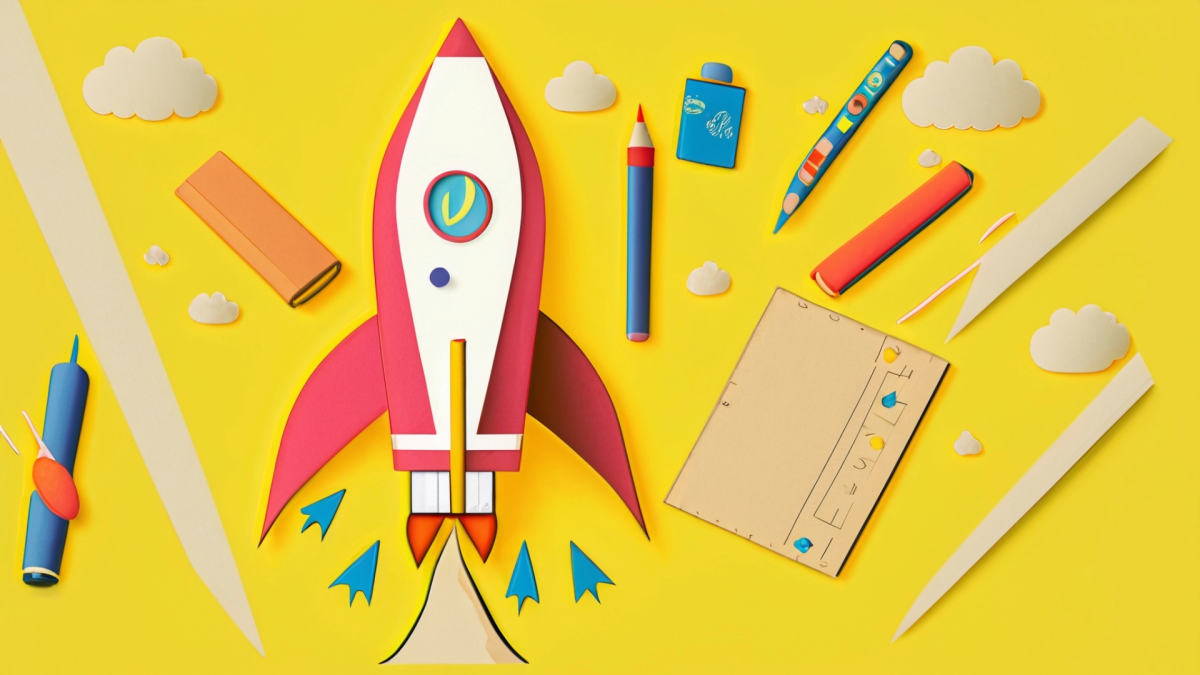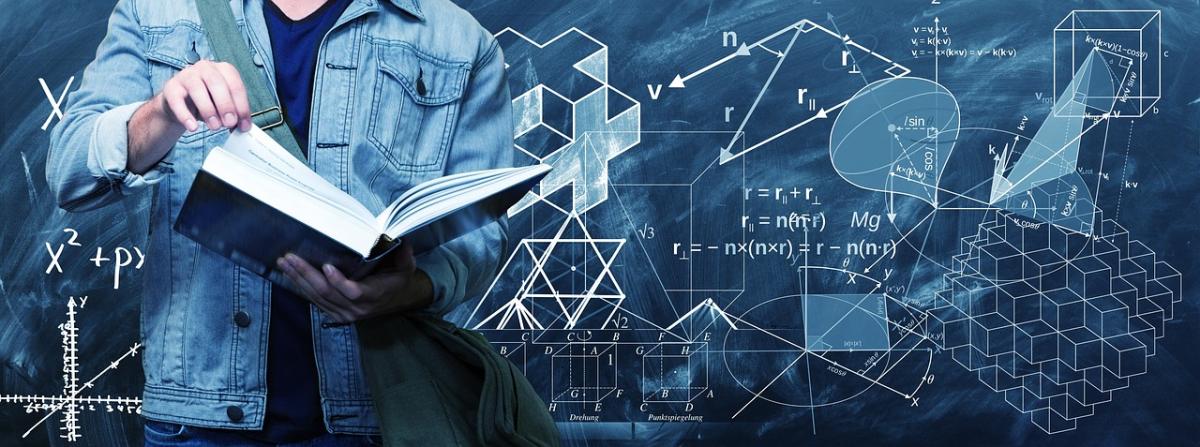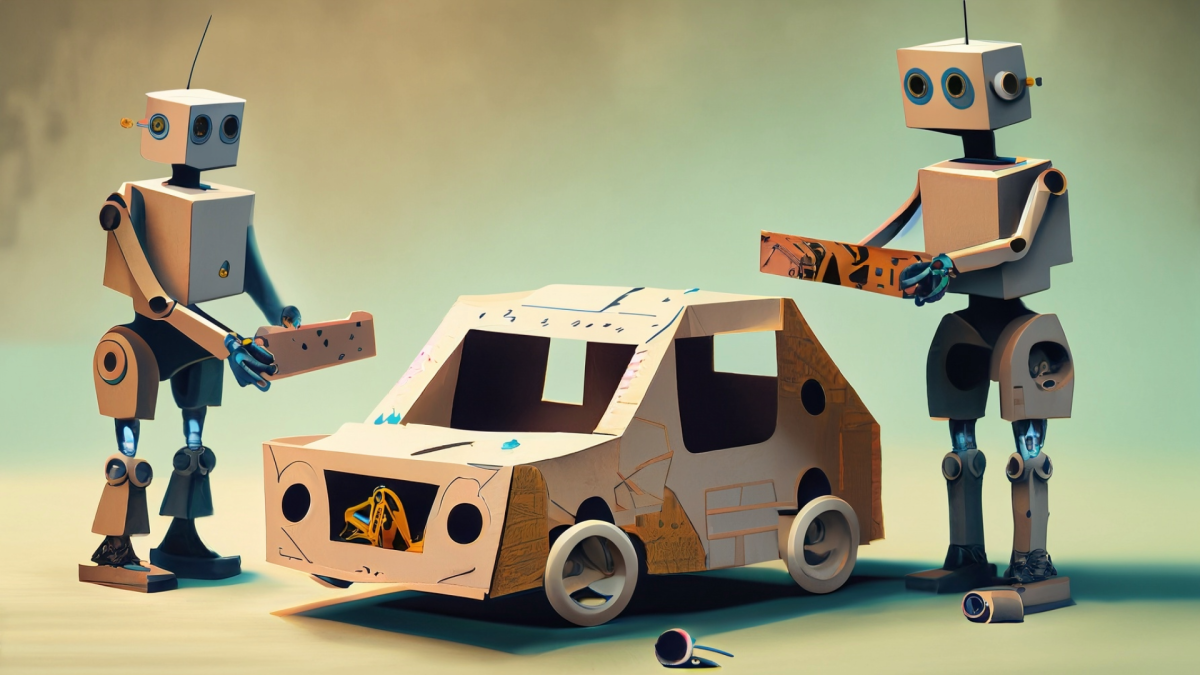
The Parachute design lesson involves students learning about the engineering design process, air resistance, and parachute principles before planning and constructing their own parachutes. Through

Students will use science skills to engineer habitats for polar regions as they learn about the polar regions through hands on experiences.

Launch into a fun activity! Students will be building a rocket, then blow into the straw inserted and watch how high their rocket flies. This fun activity can be done indoor or outdoor. Students can

In this lesson plan, students will make use of their knowledge about gravitational force and factors affecting it to design a stuffed mini parachute that will land the slowest from a given height

This lesson plan is part 1 of 4. This lesson focuses on how Newton's Laws apply to rocket launches as well as what forces are present at three different stages of launch. Additional lessons will be

This lesson includes having students design and build a wing to put onto a pre-built RC plane and fly it in circles (tethered). Requires previous RC knowledge.

This is the culminating activity of the 8 part lesson series on simple machines. Students will put together everything they have learned about each individual simple machine to create a complex chain

In this lesson students will: Identify screws in our world; Discuss how screws make work easier; Plan and construct an Archimedes Screw Provide and receive feedback through peer critiques

In this lesson students will: Identify wedges in our world; Discuss how wedges make work easier; Plan and construct a canoe of their own design that incorporates a wedge shape to make it more

In this lesson students will: Identify wheels and axles in our world; Discuss how wheels and axles make work easier; Plan and construct a wind powered care of their own design that uses wheels and

In this lesson, students will: Identify levers in our world; Discuss how levers make work easier; Plan and construct a catapult that uses a lever Provide and receive feedback through peer critiques

In this lesson, students will: Identify inclined planes in our world; Discuss how inclined planes make work easier; Plan and construct a marble maze of their own design that uses inclined planes

In this lesson, students will: Identify pulleys in our world Discuss how pulleys make work easier Plan and construct an elevator of their own design that incorporates a pulley Provide and receive

This lesson serves as the introduction to an 8 lesson series or unit on simple machines. This series will present dozens of activities to introduce your students to simple machines, culminating in the

This lesson gives students another real life example of Newton's Second Law of Motion. Students will use force diagrams and Newton's Second Law of Motion to find their apparent weight as they

Students will use engineering, art, science, and 21st century skills to create a support system to keep Santa safe on Christmas while delivering gifts down the chimney!

This lesson plan focuses on force and how it can be applied through the paper ball launcher. Students will build a launcher using the engineering design process and use the model to hit a target at

This unit will pair the popular game of Minecraft with the United Nations Sustainable Development Goals to develop a safe community for refugees and countries in crisis. Throughout the unit, you will

This is lesson 4 in a 4 part roller coaster project for 6th grade. In this lesson, students will create a news report on Canva to demonstrate the kinetic and potential energy in their roller coaster

This is the 3rd lesson in a 4 part roller coaster project for 6th grade. In this lesson, students will design and build a roller coaster that fits the criteria and follows a budget. Students will

Students will use the projects from lessons 2 and 3 to analyze the data of the electric cars they made. They will identify the variables in their cars and plan improvements to their designs.

This is the second lesson in a four part roller coaster project for 6th grade. In this lesson, students will learn about friction and gravity. Students will test different materials to determine which

This lesson uses the knowledge of circuits (lessons 1 and 2) to make a battery-powered car. We used a tutorial from Tinkercad and designed our own body of a car. Then, I printed their cars. They

This is the first lesson of a 4 part roller coaster project for 6th graders. In this lesson, students will learn about potential, kinetic and mechanical energy, as well as the law of conservation of


